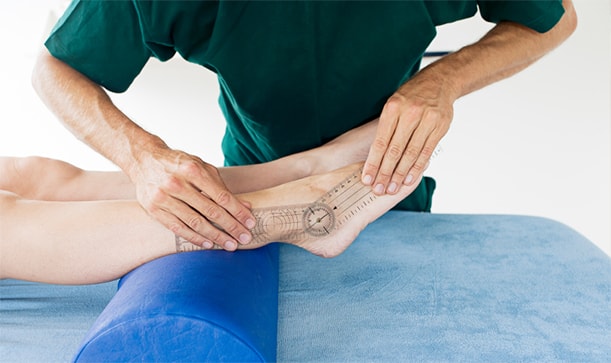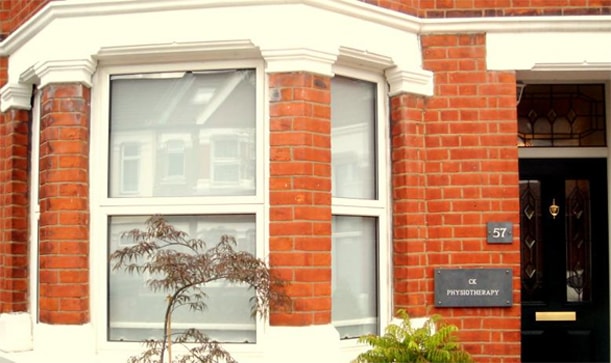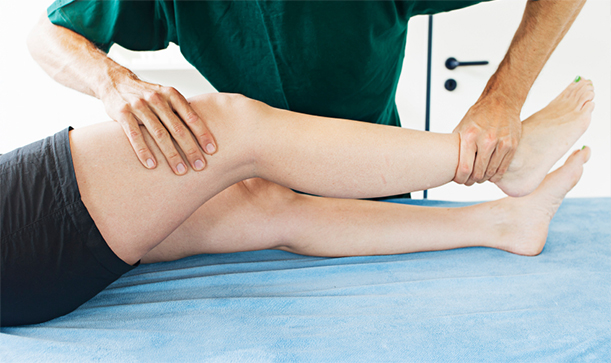CK Physiotherapy
AREAS COVERED
W7, W5, W13, Ealing, West London
57 Elthorne Avenue
Hanwell, W7 2JY
T: 020 8566 4113
M: 079 572 46185
E: info@ckphysio.co.uk
Location / Parking
We are situated in Hanwell, between Boston Manor Road and Northfields Avenue, south of the Uxbridge Road.57 Elthorne Avenue
Hanwell, W7 2JY
There are parking restrictions Mon - Fri 9-10am and 2-3pm. If you need a permit during this time please inform your therapist when you arrive. There are no parking restrictions at other times.
Opening Times
Please phone the number above during working hours to make an appointment. Our reception service will be happy to book your session.
London Underground / Bus Services
London Underground
10 min. walk from Boston Manor Tube Station.
15 min. walk from Northfields Tube Station.
Bus Service
E8, E3, E2, 207, 607, 83
Request Call Back
Our Blog
Getting Back on Track: Physiotherapist Advice for Athletes after an Injury
By: admin Date: Oct 27th, 2022If you’re a competitive athlete, there’s nothing more frustrating than receiving an injury that keeps you away from training and competing.
It can often feel like the emotional and mental struggles of an injury are more difficult to manage than the injury itself.
Injuries can cause some athletes to lose their sense of identity as sport is such a big part of who they are. Other athletes miss the social interactions and sense of community from team sports and training sessions. Many athletes also carry a sense of anxiety after being injured, worrying about whether they will be able to compete at the same level once they return from injury.
It’s often a combination of anxiety and other psychological factors that result in many athletes rushing back to training and competition before they are ready.
But this is the worst thing you can do.
Returning to training or competition too early after an injury can lead to an increased likelihood of re-injury or lifelong complications.
If you do suffer from a sports injury, it’s important to get physiotherapist advice and approach your sports injury rehabilitation in a structured way.
Step 1: Diagnosis
If you’ve received a sports injury, the most important thing to do is get it correctly diagnosed.
Your GP may be able to diagnose common injuries but may not have the specialist knowledge of muscle or joint injuries to diagnose your condition speedily and successfully.
Sometimes it is better to speak to a specialist and get physiotherapist advice.
Step 2: Rest and Protect
One of the best things you can do for any sports injury rehabilitation is to make sure you’re getting sufficient rest and reducing inflammation.
This is likely to mean reducing your daily physical activity, using ice packs on your injury, and potentially taking anti-inflammatory medication.
You might also want to protect your injury with suitable support or a brace.
Step 3: Improve your range of motion
It’s important to recover your range of motion at the right pace. Stretching too much or starting on joint mobilisation activity too early can negatively impact your healing process and slow down your recovery.
Step 4: Recover your strength
Athletes should have their expectations managed about the loss of muscle strength and endurance they are likely to see during their period of injury. For any injury lasting more than 4 weeks, some muscle weakness is to be expected.
When it’s time to rebuild your strength, it’s important not to do too much too soon. The key is to progressively increase the exertion on your muscles, in line with physiotherapist advice.
Don’t go straight into action on the training ground but take some targeted exercise with light weights to start to work your joints and muscles again.
Step 5: Gradually return to full activity
The last step in your sports injury rehabilitation is to return to your favourite sport. Typical physiotherapist advice would be a clear progressive plan that starts with gentle exercises and builds up gradually until you regain your peak performance levels.
How long do most sports injuries take to heal?
This is really difficult to provide guidance on as physiotherapist advice on every injury is different, every individual is different, and the way in which people adhere to their rehabilitation plan is different.
But one of the most common injuries we see at CK Physiotherapy is ‘runner's knee’ (or patellofemoral syndrome) which is knee pain that occurs when you run, climb stairs or jump.
Runner's knee is often caused by over-training, insufficient warm-ups, or by muscle imbalance or weakness.
After being diagnosed with a runner's knee, your treatment plan is likely to involve rest, ice and elevation. Physiotherapist advice is also likely to include a progressive programme of stretches and strength exercises. It can typically take between 4-6 weeks for athletes to recover from runner's knee.
Patellofemoral syndrome is also a common injury for cyclists and follows a very similar treatment plan. But another common injury for competitive cyclists is ‘cyclists’ palsy’. This is an overuse injury that occurs due to repetitive strain on the nerves in your wrist. It often causes numbness and tingling and can lead to a loss of grip strength.
The sports injury rehabilitation advice for cyclists’ palsy is rest, anti-inflammatory medication and a series of finger, wrist and neck exercises.
With correct diagnosis and treatment, it’s common to recover from cyclists’ palsy in the space of 8 weeks.
A few other common sports injuries treated by CK Physiotherapy include:
- Dislocated Shoulders from rugby and other contact sports, typically take between 12-16 weeks to completely recover.
- Quad strains, hamstring strains and groin strains typically from football, generally heal within 4-8 weeks.
- Ankle sprains from athletes that play any dynamic sport that requires quick changes in direction. Some sprains may feel better after 2 weeks, but for more serious sprains you may want to avoid strenuous exercise for up to 8 weeks.
- Tennis and Golf Elbow is the inflammation of the tendons that attach to the elbow. This is a more serious condition and can often take between 6 months and a year to fully heal.
When should I seek professional support?
A lot of minor sports injuries can be treated at home with plenty of rest, applying ice packs and taking over-the-counter pain medication.
But if you’re in serious pain or are still experiencing symptoms after 72 hours, it’s time to speak to your GP or physiotherapist. You may need more advanced sports injury rehabilitation.
If you’re serious about sports, you should take the diagnosis and treatment of your sports injury seriously and see a specialist. Many GPs don’t have specialist knowledge of muscle and joint injury and recovery for sports. You need physiotherapist advice.
For specialist treatment of your sports injury, contact CK Physiotherapy today and arrange a consultation.
We’ll get you back on track.
Sources:
https://www.headspace.com/articles/mindfulness-helps-injury-recovery
https://morleyphysio.com.au/uncategorized/the-4-stages-of-complete-rehabilitation/
https://cornerstonephysio.com/resources/runners-knee/
https://www.urmc.rochester.edu/orthopaedics/sports-medicine/cycling-injuries.cfm
https://www.sportsmd.com/2021/11/13/cyclists-palsy-treatment-exercises/
https://www.nhs.uk/conditions/sports-injuries/





